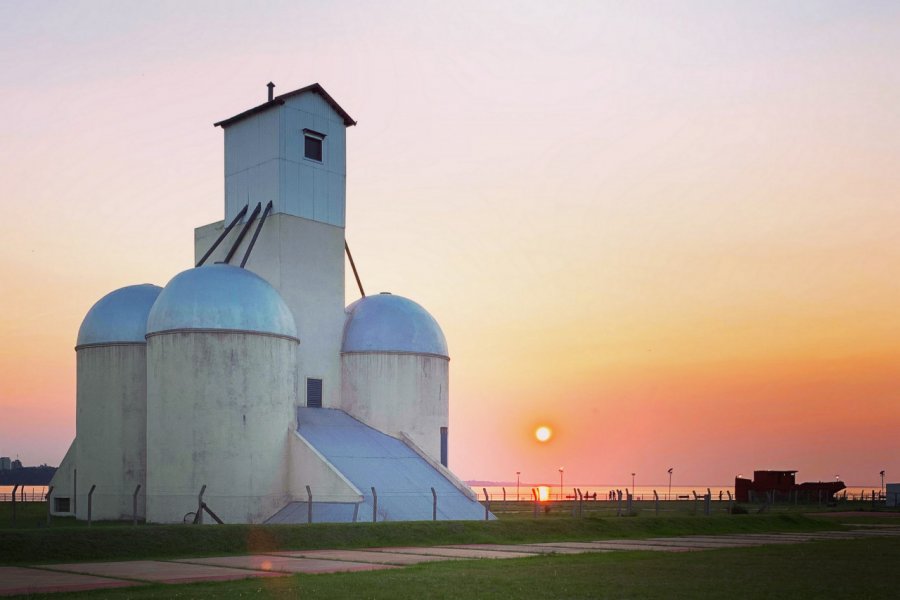Travel Guide Encarnación
Find an accommodation
Advertising
Encarnación, the "Pearl of the South", is also known as the "Capital of Carnival". This is where every year, in February or March, the biggest carnival in Paraguay takes place. Every weekend, for a month, the parades take place in the Sambódromo, a closed space with bleachers dedicated to parades. A hallucinating show and a crazy atmosphere in the surrounding streets! Lots of money too, hotels, restaurants and discos fill up! The Encarnación carnival has become even more fashionable since the development of Costanera Avenue (inaugurated in 2012) and its surroundings, which have been transformed into sandy beaches. Encarnación now has a new nickname: the "Summer Capital"! In fact, with its municipal beaches allowing swimming in the river, it has stolen the limelight from Villa Florida and especially from San Bernardino (which is plagued by pollution problems from Lake Ypacaraí). Apart from these developments of the Costanera, which extends to the district of Carmén del Paraná (27 km), the raising of the waters of the Yacyretá reservoir-lake (from 76 m to 83 m above sea level, to increase the hydroelectric production of the dam) caused the displacement of thousands of people, who lived in the lower part of the city, the Zona Baja, between the river and the old railway line. This neighbourhood was swallowed up, and the shops were relocated to a new commercial area, called "Circuito Comercial de Encarnación", located near the San Roque González de Santa Cruz International Bridge. This 2,550-metre-long cable-stayed bridge crosses the Río Paraná, linking Encarnación and Posadas, Argentina.From a historical point of view, Nuestra Señora de la Encarnación de Itapúa was founded in 1615. The Jesuit mission was located on the other bank of the Paraná River, on the site of the present-day town of Posadas. It moved to the right bank of the river, due to the threats of the bandeirantes and to get closer to San Ignacio Guazú. Today, the capital of the department of Itapuá is a lively and cosmopolitan city, with a population of about 150,000 including the agglomeration. It is inhabited by descendants of Ukrainian, Polish, Russian, Italian, German, Arab, Korean and Japanese immigrants who arrived throughout the 20th century. The recent development of tourism has offset the decline in cross-border trade (clothing and electronics) with Argentina, which has been suffering for years from a sharp devaluation of its currency, the peso.
What to visit Encarnación?
Advertising
Weather at the moment
Advertising
Organize your trip with our partners Encarnación
Transportation
Book your plane tickets
Car Rental
Boat rental
Accommodation & stays
Find a hotel
Holiday rental
Find your campsite
Tailor-made trip
Immersion travel
Services / On site
Activities & visits
Find a doctor
















